Essential: absolutely necessary; indispensable. – Dictionary.com
Ten Essentials
In a literal sense, the only outdoor essential is that you not be indoors. Everything else is, well, essentially up for debate. Top 10 lists are merely opinions. We known opinions are like noses. So logically, it is really better to pick your own. If you are uncomfortable doing so, we offer a reasonably well picked example from the Boy Scouts of America.
Pocketknife

The pocket knife has transitioned from a simple convenient cutting blade into a complex multi-purpose utility tool. Look for the features you are most likely to use in a wilderness setting, such as sharp blades, scissors, saw blades, pliers, tweezers and screw drivers. You may find less use for things such as fingernail files.
First Aid Kit
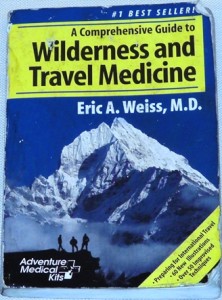
Okay, this is kind of cheating. One of the BSA 10 essentials is a first aid kit, which unless you are merely carrying one gigantic band aid, probably contains a significant number of individual items. The traditional kit contains various bandages, gauze, and antiseptic. Don’t forget plenty of moleskin and duck tape for blisters and hot spots. Also important are over-the-counter medications for pain and inflammation (Ibuprofen), fever (Tylenol), allergy (Benadryal), and diarrhea (Immodium). Perhaps as important as what you carrying, is knowing when and how to use it. I recommend carrying a small first aid book which helps with symptoms and recommended treatments.
Extra Clothing
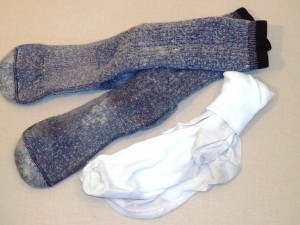
For comfort and safety having options to keep warm and dry while traveling in the wilderness is important. Clothing layers is the preferred strategy for adjusting to changing conditions. Many outdoor enthusiasts deploy a wear-one wash-one strategy. In a pinch, you can forget the wash-one and simply wear-two. In the wilderness, there is nothing so comforting as a fresh dry clean set of socks.
Rain Gear
You might consider rain gear as part of your extra clothing, expect if you are only carrying one set of rain gear, I guess it technically isn’t really extra. Rain gear is that last waterproof layer that protects the rest of your clothes from getting soaked. Because most people in the outdoors are active, you might want to consider “breathable” rain gear, such as Gortex, which is designed to keep water from getting in but will still let your body moisture out. Otherwise you will probably be creating your only little rain forest soaking right back into your under pants. Yuck.
Water Bottle
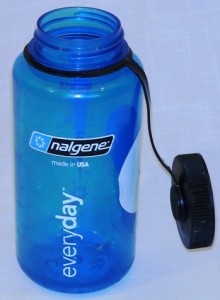
Hydration is critical in the wilderness. There are a variety of ways to care for your H2o needs, including water bladders, canteens, and various plastic bottles. Most experienced outdoor enthusiasts prefer well made, sturdy bottles, with standard sized wide-mouth openings which fit snugly with most water purification pumps. Nalgeen is one of the most popular brands.
Flashlight

There is a wide variety of flashlights (called torches in certain cultures). Things to consider include: size, weight, durability, and usability. Traditional incandescent bulbs have been joined by energy efficient and durable LED options. Headlamps provide convenient hands-free mobility. Many flashlights also offer “red” lighting, in addition to white, which allows you to function without losing your “night vision”. The is particularly helpful if you are star gazing using star charts. Regardless of the type you use, make sure you carry extra batteries. Some people select electronics (flashlights, GPS, MP3, etc) which use the same size batteries, decreasing the amount of spares they have to carry.
Trail Food
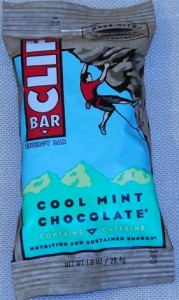
The “trail food” you choose depends on your objective. If you are carrying food you plan to eat, choose your something you love: nuts, dried fruits, dark chocolate, an energy bar or similar items. If however, you are carrying extra food in the event of an emergency, carry high energy items that are not your personal favorite. In fact, choose something more likely to remind you of an old shoe than your favorite candy bar. Things you would only eat in an emergency are much more likely to actually be there in an emergency.
Matches and Fire Starters
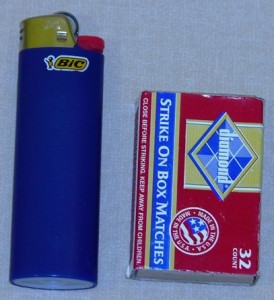
Whether for cooking or for creating an emergency signal, being able to start a fire in even the poorest weather conditions is important. Water proof matches and lighters are the most common tools, though others options such as magnesium or steel spark starters are often part of an essentials kit. What ever you carry, make sure it remains dry, in working order, and you know how to use is.
Sun Protection
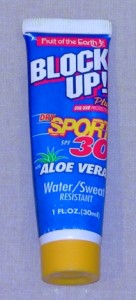
Ultraviolet light can damage your skin in any weather, including a bright summer day, a blinding snow storm, or through a thick fog bank. Your best option is covering up with a hat, sunglasses, clothing and a chemical sun block.
Map and Compass
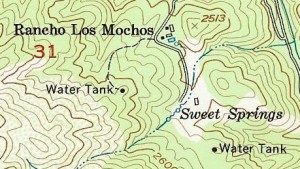
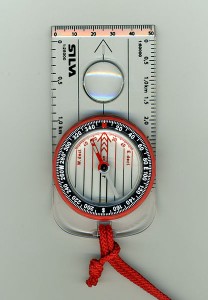
Carrying and knowing how to use a map and compass can keep your outing on track, prevent you from getting lost, or help you recover if you do. As a supplement to map and compass, many carry at GPS hand-held device. Because it is technology based, and can break or lose battery power, GPS should never be your only means of navigation.
